calsfoundation@cals.org
Roe (Monroe County)
| Latitude and Longitude: | 34°38’00″N 091°23’09″W |
| Elevation: | 213 feet |
| Area: | 0.18 square miles (2020 Census) |
| Population: | 68 (2020 Census) |
| Incorporation Date: | February 16, 1968 |
Historical Population as per the U.S. Census:
|
1810 |
1820 |
1830 |
1840 |
1850 |
1860 |
1870 |
1880 |
1890 |
1900 |
|
– |
– |
– |
– |
– |
– |
– |
– |
– |
– |
|
1910 |
1920 |
1930 |
1940 |
1950 |
1960 |
1970 |
1980 |
1990 |
2000 |
|
– |
– |
– |
– |
– |
– |
127 |
136 |
135 |
124 |
|
2010 |
2020 | ||||||||
|
114 |
68 |
Roe is a town on U.S. Highway 79 in western Monroe County. Roe is the only incorporated community in Monroe County that is west of the White River.
Roe is on the northern edge of the Grand Prairie, a part of Arkansas that was slow to be claimed and settled. Around 1880, the St. Louis Southwestern Railway (also called the Cotton Belt) was constructed through Arkansas. Roe, then located in Prairie County, was one of the depots established by the railroad. It was likely named for a railroad executive or employee. Roe received a post office in 1880; at the time, Roe was in Prairie County, but the county line was adjusted in 1883.
Being the first railroad depot south of Clarendon (Monroe County), Roe did not grow quickly. The 1935 construction of U.S. Highway 79 between Pine Bluff (Jefferson County) and Clarendon, running parallel to the railroad, increased the community’s access to the surrounding area. The city of Clarendon later built an airport just north of Roe.
To raise money for municipal services, Roe incorporated as a town in 1968. Since then, the population has remained between about 110 and 140. Roe has two churches: a United Methodist Church and a Missionary Baptist Church. It also has a pest-control business and a gun shop. Most of the residents of Roe are white, although ten African-American residents and three Hispanic residents are listed on the 2010 census. The town government consists of five part-time workers; municipal expenses include police protection and highway maintenance. Children from Roe attend school in Clarendon.
For additional information:
English, Betty. “Roe, Arkansas In the Early Days.” Monroe County Sun, September 14, 1961, p. 2.
Steven Teske
Butler Center for Arkansas Studies
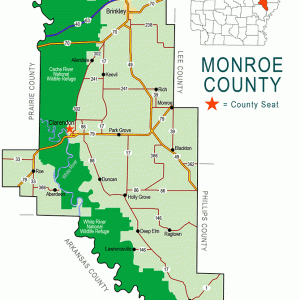 Monroe County Map
Monroe County Map  Roe
Roe  Roe Cemetery
Roe Cemetery 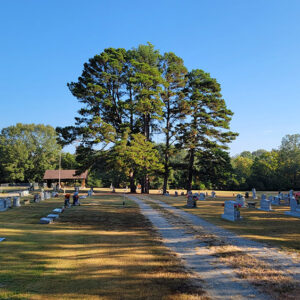 Roe Cemetery
Roe Cemetery  Roe Church
Roe Church 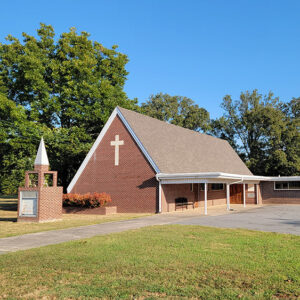 Roe Church
Roe Church 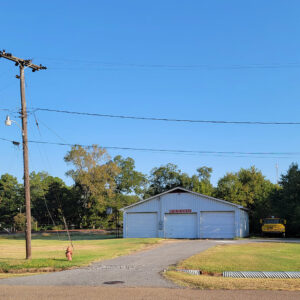 Roe Fire Department
Roe Fire Department 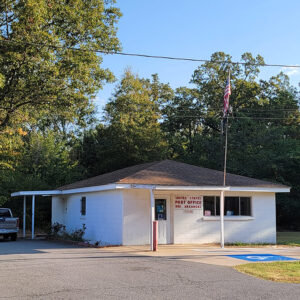 Roe Post Office
Roe Post Office 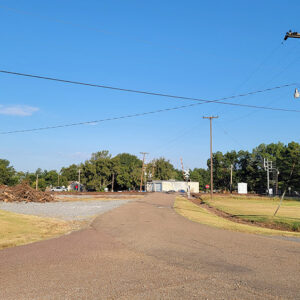 Roe Street Scene
Roe Street Scene 




Comments
No comments on this entry yet.